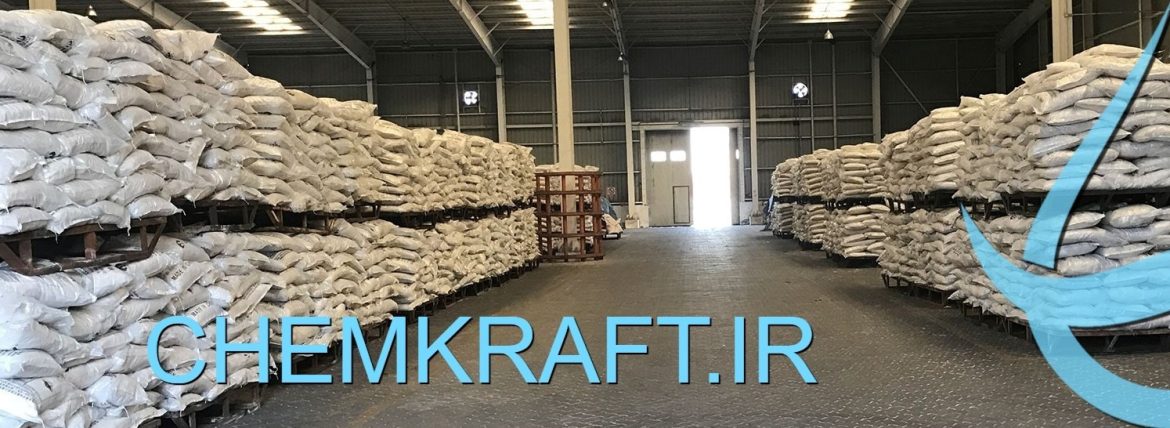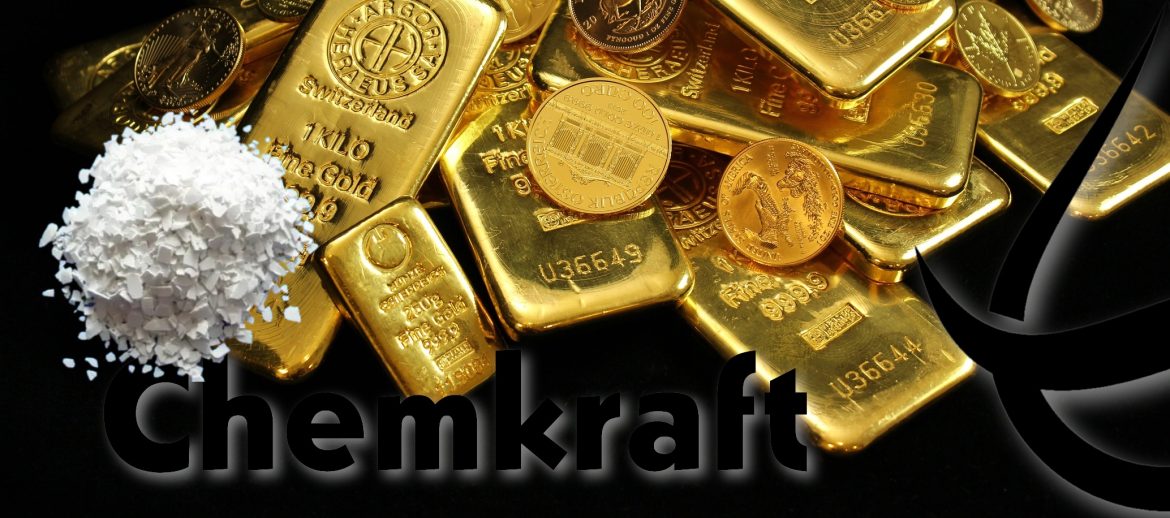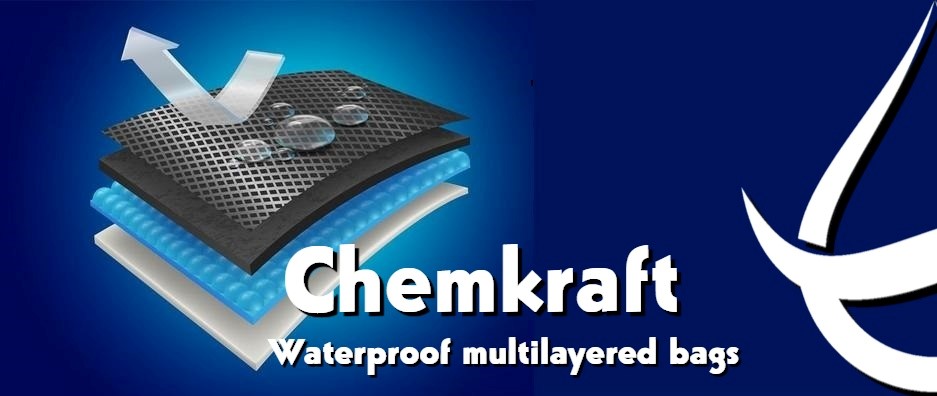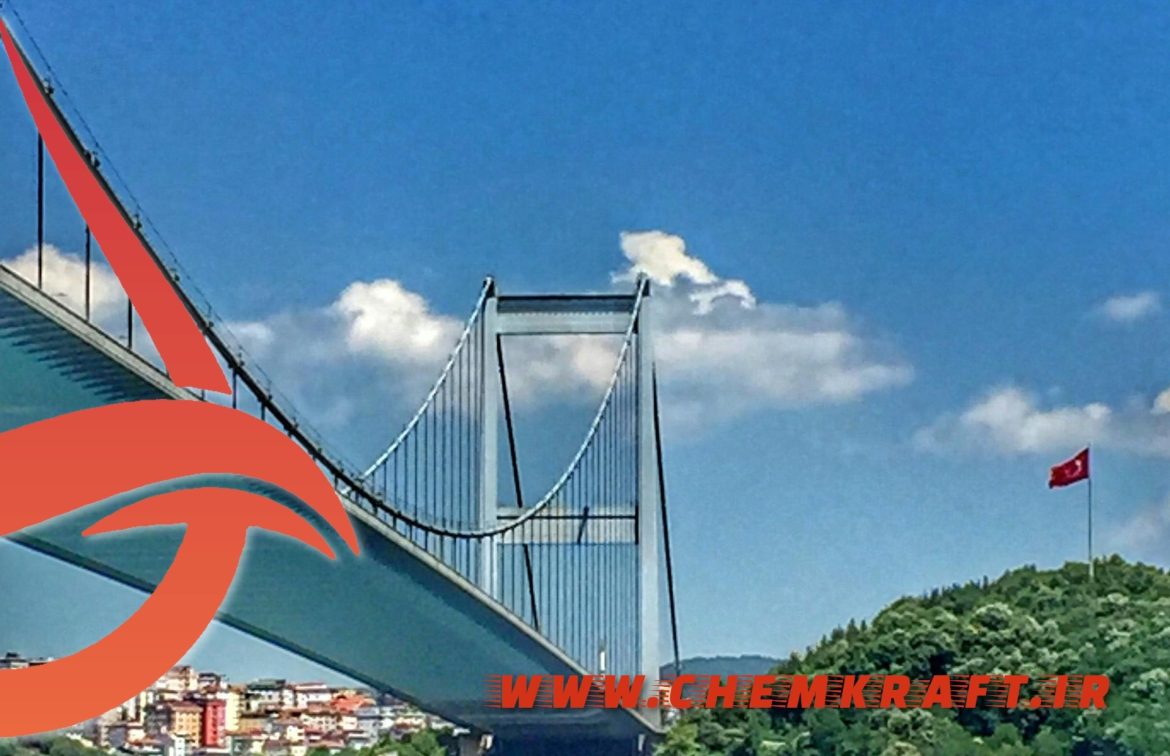Introduction:
In the realm of chemical manufacturing, caustic soda stands as a cornerstone for various industrial processes. Chemkraft, a leading producer in Iran, has elevated the standard for caustic soda by focusing on purity, innovative packaging solutions, and unwavering commitment to on-time delivery. This essay will delve into the key aspects that make Chemkraft’s caustic soda exceptional, emphasizing its unmatched purity, cutting-edge multilayered waterproof bags, and the EU-quality packaging standards that ensure the integrity of the product until it reaches the customer.









